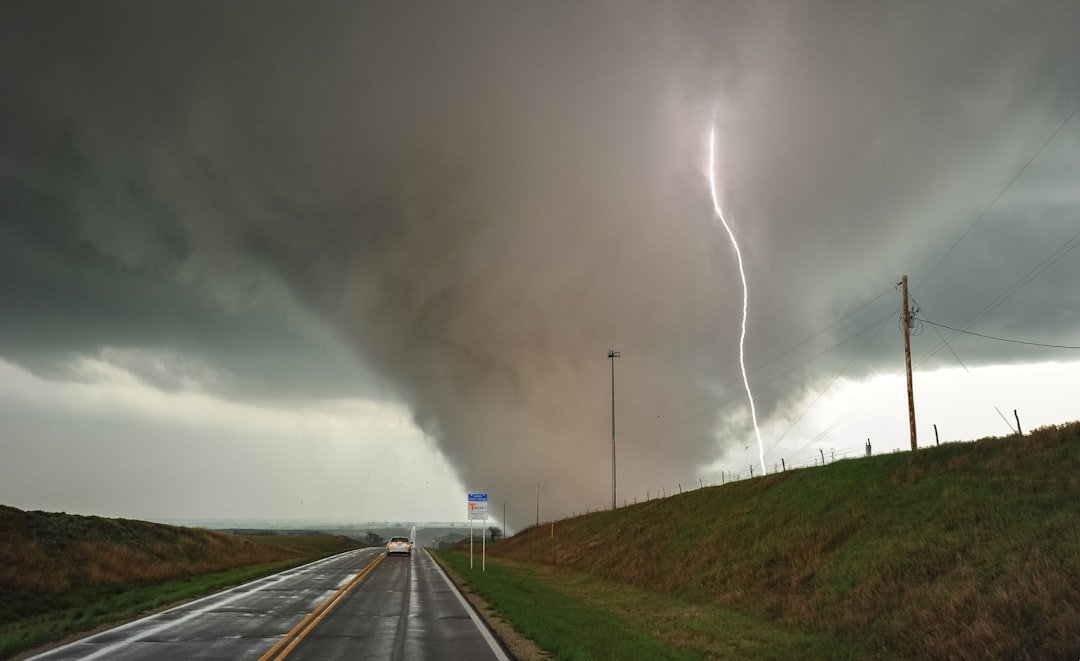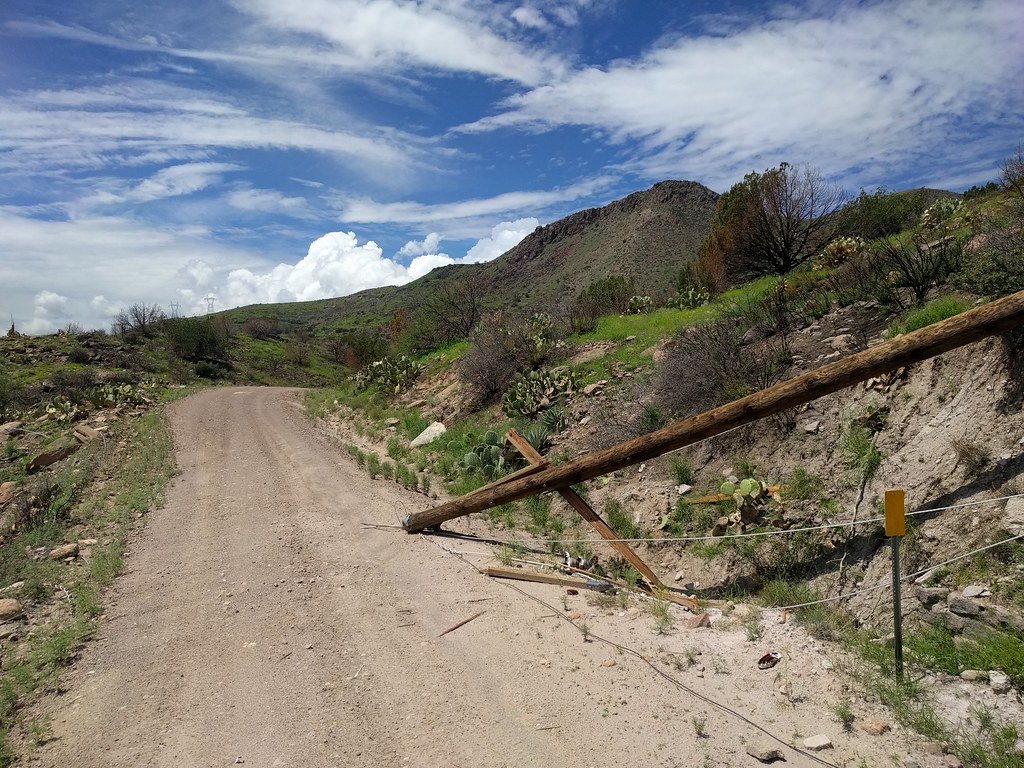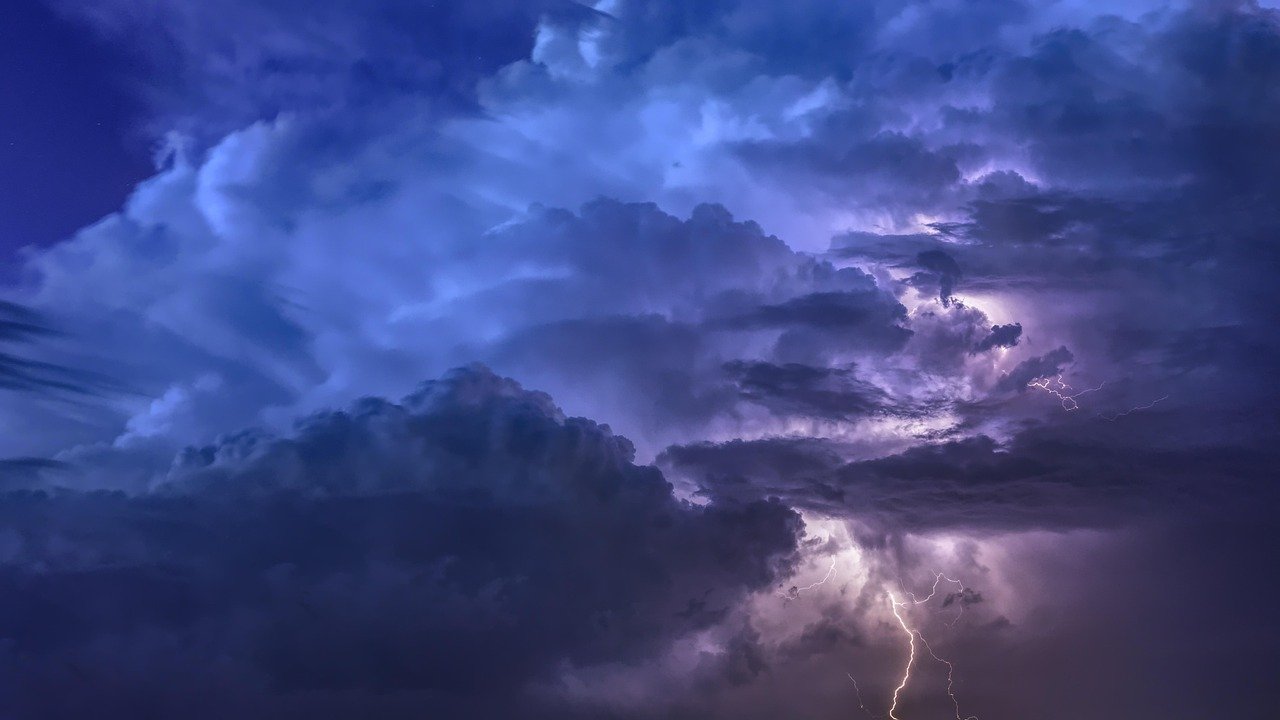Oklahoma sits in the crosshairs of nature’s most violent phenomena, where colliding air masses create the perfect storm. When tornadoes rip across the Sooner State, they don’t just leave behind a trail of destruction – they reveal the raw power of our planet and test the resilience of entire communities. You might think you know what happens when these spinning columns of air hit, but the reality goes far deeper than the dramatic footage we see on the news. In a matter of minutes, homes can be reduced to splinters, power grids collapse, and entire neighborhoods are unrecognizable. Survivors describe the roar as deafening—like standing next to a freight train that never ends. Beyond the physical destruction, tornadoes disrupt lives for months, even years, as families rebuild and communities piece together what was lost. Scientists study every storm to better predict the next one, but for Oklahomans, it’s not just science—it’s lived experience. These twisters are more than weather events; they’re defining moments etched into the state’s identity.
The Perfect Storm: Why Oklahoma Gets Hit So Hard

Geography has dealt Oklahoma a challenging hand when it comes to tornado activity. The state sits directly in the path where warm, moist air from the Gulf of Mexico crashes into cool, dry air masses moving down from Canada. This collision zone creates the atmospheric instability that meteorologists call “tornado alley.”
Unlike coastal states that deal with hurricanes, Oklahoma faces these violent storms throughout multiple seasons. Oklahoma typically sees around 58 tornadoes per year on average, but 2024 shattered that expectation with a record-breaking 152 confirmed tornadoes. Spring brings the most active period, but fall can surprise residents with unexpected outbreaks.
Record-Breaking 2024: When Nature Went Wild

2024 was a record-breaking year for Oklahoma as the National Weather Service confirmed 152 tornadoes, breaking the previous record of 149 set in 2019. The numbers tell a staggering story of nature’s relentless assault on the state.
Record-setting months included April with 56 tornadoes and November with 36 twisters. Every square inch of the state was under some type of severe weather alert at some point during the year, with 988 severe thunderstorm warnings issued. Think about that – nowhere in Oklahoma was safe from severe weather’s reach.
The Violent Reality: EF4 Tornadoes Return to Oklahoma

On April 27th, an EF-4 tornado hit Marietta, marking the first violent tornado in the state since May 9, 2016, with winds estimated between 165 to 170 mph. These monsters don’t just damage property – they reshape landscapes and communities forever.
A second EF-4 tornado struck Barnsdall on May 6th, killing 2 people, making 2024 the first time since 2013 that Oklahoma experienced two or more violent tornadoes in the same year. The sheer power of these storms defies imagination, with wind speeds that can literally move buildings off their foundations.
When Death Strikes: The Human Cost

The year’s historic tornado activity came with significant destruction and loss, with eight tornado-related fatalities reported and countless Oklahomans taking shelter multiple times as storms threatened their communities. Behind every statistic lies a family forever changed by nature’s fury.
In Sulphur, the Raina’s Sports Bar was destroyed, killing a 63-year-old woman and injuring other people, while the nearby Rusty Nail Winery and a brick United States Postal Service building were also destroyed. These aren’t just buildings – they’re the heart of communities where people work, socialize, and build their lives.
Infrastructure Under Assault: Power Grid Devastation

When tornadoes tear through Oklahoma, they don’t just damage individual homes – they cripple entire power grids. A single tornado in Norman and Shawnee destroyed 110 transmission structures and knocked down more than 600 power poles, causing 23,000 outages at the peak of the storm.
During the April 2024 outbreak, approximately 43,000 outages were reported statewide, with OG&E reporting around 28,000 customers without service due to the storms. Thanks to tireless work by line crews, power was restored to 70 percent of customers within 72 hours and to all impacted customers in less than a week. These restoration efforts require around-the-clock work in dangerous conditions.
Economic Destruction: The Billion-Dollar Reality

The financial toll of Oklahoma tornadoes extends far beyond what insurance companies pay out. The Moore tornado caused $2.0 billion in damage, while the second-costliest tornado occurred in Tuscaloosa, Alabama at $2.45 billion, highlighting the severe financial toll tornadoes can take on communities.
Just the November 2024 storms alone caused nearly $44 million in damage to 386 properties in Oklahoma County. From 2010 to 2020, tornadoes across the United States destroyed more than $14.1 billion in property and crops, with Alabama, Texas, Mississippi and Illinois each suffering more than $1 billion in damages.
Agricultural Devastation: When Farms Get Flattened

Tornadoes wreak havoc on agriculture, destroying crops and farm infrastructure, such as when a tornado near Lushton, Nebraska destroyed thousands of acres of crops and many grain bins. Oklahoma’s agricultural sector faces unique challenges when tornadoes strike during growing seasons.
Agricultural operations in Oklahoma have been significantly impacted by recent tornadoes, with the USDA providing technical and financial assistance to help farmers and livestock producers recover from crop, land, infrastructure, and livestock losses and damages. The ripple effects of farm destruction affect food supply chains far beyond Oklahoma’s borders.
Emergency Response: Heroes in the Storm

When major outbreaks occur, Oklahoma’s Emergency Operations Center activates, allowing emergency management to contact agencies and organizations to mobilize resources. This coordination becomes a race against time when lives hang in the balance.
The Oklahoma State Department of Health reported 100 injuries during the April outbreak, with multiple state EMS search and rescue teams and Homeland Security personnel on hand. Emergency response teams, including Oklahoma City Task Force One, were deployed to affected areas to aid in search and rescue efforts, with significant structural damage recorded affecting hospitals and other infrastructure.
Shelter and Recovery: Communities Coming Together

The American Red Cross of Oklahoma opened shelters in Sulphur at Crossway First Baptist Church and in Ardmore at Christ Community Church. These emergency shelters become lifelines for families who’ve lost everything in minutes.
Communities organize recovery efforts with free services including tree damage cleanup through Oklahoma Baptist Disaster Relief, major debris cleanup through local companies like Cattle Creek Removal and Junk Happens LLC, and tarping services through companies like Keeley Properties. The spirit of neighbor helping neighbor shines brightest in Oklahoma’s darkest hours.
Building Back Stronger: Moore’s Revolutionary Approach

Following devastating losses, the city of Moore enacted new building codes in April 2014 that raised wind load standards from 90 mph to 135 mph, after suffering three violent tornadoes in 14 years. This wasn’t just about reconstruction – it was about reimagining how communities can survive nature’s worst.
Research shows that Moore’s enhanced building codes easily pass the benefit-cost test for the state of Oklahoma by a factor of 3 to 1. Studies suggest that about 30% of total residential tornado damage costs can be mitigated by adopting these enhanced building standards. Smart building isn’t just about surviving the next storm – it’s about saving money in the long run.
The Human Element: Stories Behind the Statistics

When tornadoes strike, they create stories that numbers can’t capture. At Sulphur High School, the building sustained minor structural damage while the entire school bus fleet was destroyed, forcing school closures as the community worked to rebuild.
Emergency response teams establish safety protocols within three hours of a tornado, determining which buildings are structurally sound and which ones are unsafe, while barriers go up around damaged structures. Behind each decision lies expertise gained from too many similar disasters.
Looking Forward: What Oklahoma Learns from Each Storm

Severe weather can happen in Oklahoma at any time of the year, making it crucial for residents to stay up-to-date on their severe weather safety plans. Every tornado teaches lessons that can save lives in future storms.
Oklahoma’s experience with tornadoes continues to shape how communities prepare, respond, and rebuild. The state has become a laboratory for understanding how humans and nature intersect during extreme weather events. Each storm reveals new insights about building construction, emergency response, and community resilience that benefit not just Oklahoma, but tornado-prone regions worldwide.
The reality of tornadoes tearing through Oklahoma goes far beyond the dramatic footage we see on television. It’s about communities that measure time as “before the storm” and “after the storm,” about families who rebuild not just houses but lives, and about a state that refuses to let nature’s worst define its future. When the next tornado watch gets issued, remember that behind every warning lies decades of hard-learned lessons written in wind, rain, and the unbreakable spirit of Oklahoma communities.

Hi, I’m Andrew, and I come from India. Experienced content specialist with a passion for writing. My forte includes health and wellness, Travel, Animals, and Nature. A nature nomad, I am obsessed with mountains and love high-altitude trekking. I have been on several Himalayan treks in India including the Everest Base Camp in Nepal, a profound experience.



